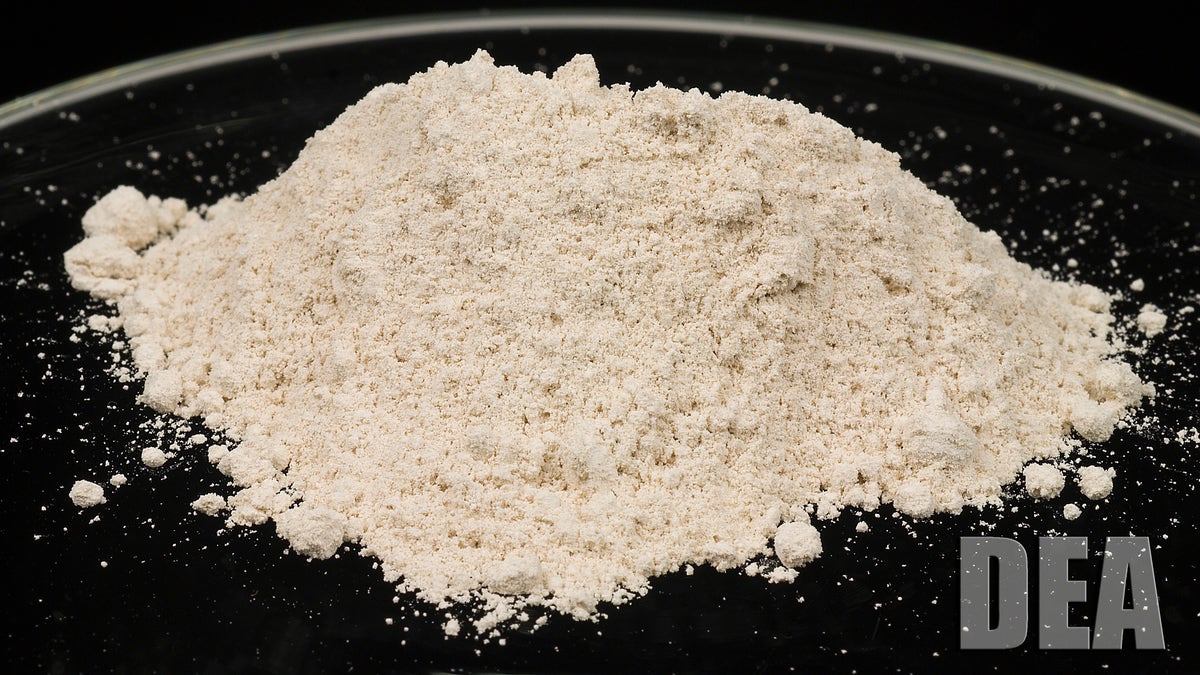
Powdered heroin is pictured in this undated handout photo courtesy of the United States Drug Enforcement Administration. REUTERS/US DEA/Handout via Reuters
The over-prescribing of painkillers is fuelling nearly 17,000 annual deaths from overdoses in the United States as well as a rise in heroin use, according to a study released by the Centers for Disease Control and Prevention on Thursday.
The CDC reviewed 2010-2012 mortality data from 28 states to measure rising fatal heroin overdose rates and determine how the increases were tied to prescription painkillers.
The study found that the death rate from heroin overdoses doubled during that two-year span to from 1 to 2.1 deaths per 100,000 people, while deaths from prescription opioid drugs overdoses declined from 6 to 5.6 deaths per 100,000.
Despite the slight drop in prescription painkiller-related deaths, the Atlanta-based CDC said years of over-prescription of painkillers has led to the recent surge in heroin deaths.
"The rapid rise in heroin overdose deaths follows nearly two decades of increasing drug overdose deaths in the United States, primarily driven by (prescription painkiller) drug overdoses," the study found.
In a sample of heroin users in treatment programs, 75 percent who started using heroin after 2000 said they first abused prescription opioids. They said heroin was easier to get, cheaper and more potent than prescription drugs.
"In contrast, among those who began use in the 1960s, more than 80 percent indicated that they initiated their abuse with heroin," the study said.
The study also showed there has been a 74 percent increase in heroin use between 2009 and 2012, and that prescription painkiller overdose mortality declined among males, people under age 45, residents of Southern states and non-Hispanic whites.
A look at regions of the United States from 2010 to 2012 showed states in the Northeast recorded a 211 percent increase in heroin overdose deaths. Southern states were next with a 181 percent jump, while the West and Midwest reported rises of 62 and 91 percent, respectively.
Prescription painkiller death rates rose everywhere except for the South.
The switch from prescription painkillers to heroin poses a public health concern, in part because it indicates an increase in intravenous drug use, which can spread diseases.
To combat the rise of opioid deaths, the CDC suggested measures including drug screenings and the increased availability of naloxone, a drug that can rapidly halt an overdose.
